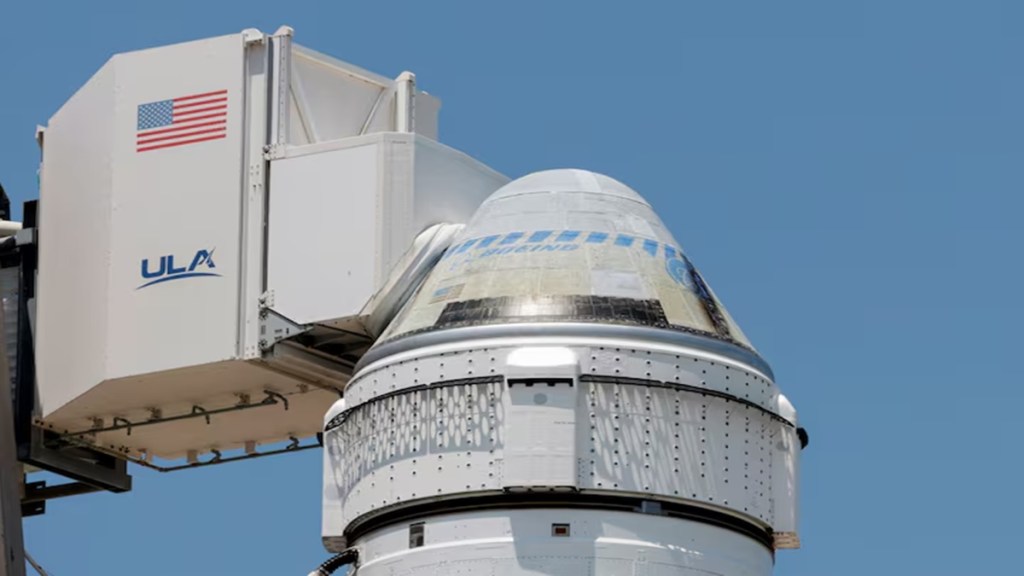Boeing Starliner which is supposed to carry NASA astronauts Sunita Williams and Butch Wilmore to space has hit the brakes yet again. The space capsule’s launch was delayed for the second time due to a problem with its propulsion system, the company announced earlier this week.
Boeing Starliner was supposed to be initially launched on May 7, 2024, but the event was cancelled as the Atlas V rocket carrying the capsule had to be returned to its hangar to replace a pressure valve. The new launch date was then set to be as May 17th.
On its second trial, another issue erupted with the propulsion system causing more delays. Boeing has said that the Starliner teams are working to fix a small helium leak detected in the spacecraft’s service module. Engineers found the leak in a part of the propulsion system’s 28 control thrusters, which help the spacecraft maneuver in Earth’s orbit. Helium is used to pressurize the fuel that powers these thrusters.
The delays affecting Boeing’s Starliner mission are just the latest in a series of setbacks for a program that is years behind schedule and has exceeded its budget by more than $1.5 billion.
Boeing has been working on the Starliner spacecraft for over a decade. The goal is to provide NASA with a second US spacecraft, alongside SpaceX’s Crew Dragon, capable of carrying astronauts to and from the International Space Station (ISS). SpaceX’s Crew Dragon, developed under the same NASA program, successfully launched astronauts to space for the first time in 2020.
The current mission for Starliner, known as the Crewed Flight Test, is set to be the final test before NASA certifies the spacecraft for regular astronaut missions to the ISS. This certification is crucial for Boeing, as it would allow Starliner to participate in routine trips to the space station, bolstering NASA’s capacity for manned space travel.
Before reaching this point, Boeing had to complete an uncrewed test flight to the ISS, which finally happened in 2022. This mission came after several years marked by technical difficulties and management problems that repeatedly pushed the program off course. Issues included software errors and hardware malfunctions that had to be addressed before Starliner could safely carry astronauts.
The importance of having two operational spacecraft systems — Starliner and Crew Dragon — lies in providing redundancy and flexibility for NASA’s missions. This ensures that if one system encounters problems, the other can continue to support the ISS, which is critical for the continuous human presence in space.
